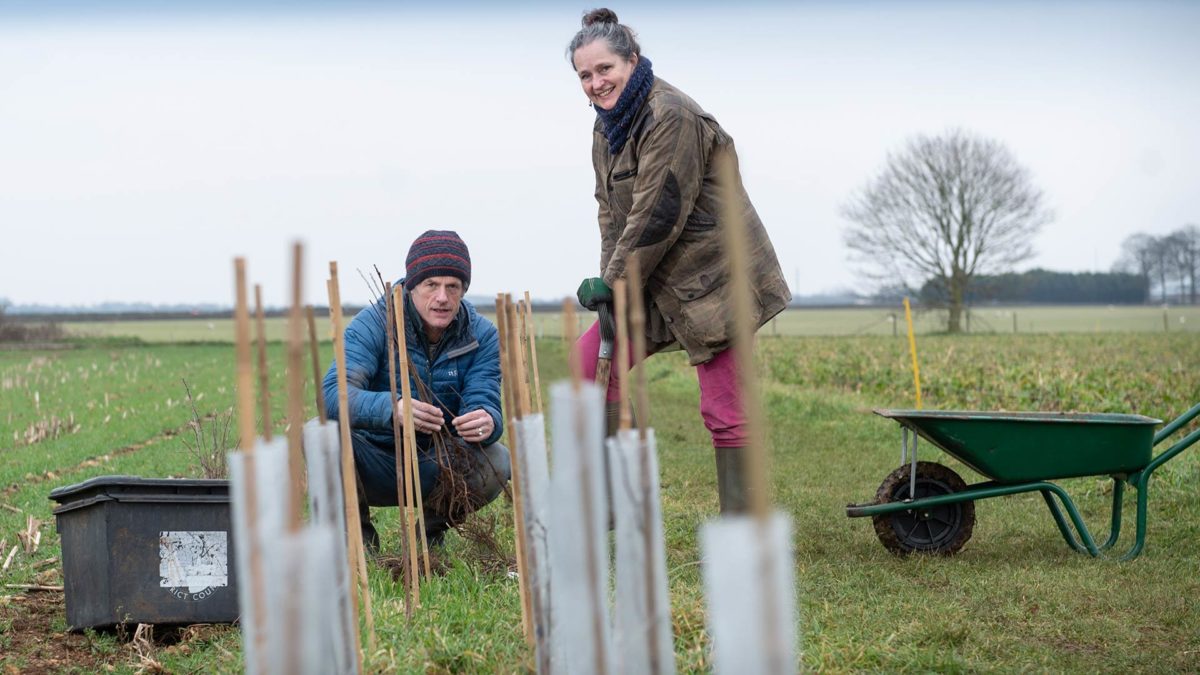
Volunteers Restore Blenheim Estate Historic Hedgerow
A team of volunteers is helping to re-plant an ancient hedgerow as part of a wildlife conservation project in Bladon.
The project is a joint initiative between Blenheim Estate, who own the land, the Conservation Volunteers and the Woodland Trust.
Once completed, the hedgerow will comprise of nearly 1,500 individual native tree and shrub species including rowan, bird cherry, hazel, crab apple, goat willow, blackthorn, hawthorn, dogwood and dog rose.
Villagers Jeannie Donald-McKim, her husband Jules, and Lisa Holland are leading the community project.
“It was planned as a community project to bring all groups and generations in the village together to work on a healthy, outdoor activity that would nurture relationships and seed friendships, and might inspire future ideas on how to address the climate and ecological emergency in practical constructive ways locally,” said Jeannie.
“Unfortunately, this was scuppered by the recent lockdowns, but on a smaller scale in November we had groups of several families and neighbours out planting, and this new year we have had several friends and neighbours volunteering to plant by themselves.
“People in the village have been very excited to be part of the project, and it is a real shame that we were unable to have the group plantings we planned. Hopefully there will be similar opportunities in the future – there is plenty of room for more hedges!” she added.
The Conservation Volunteers provided 950 of the saplings with Blenheim Estate and the Woodland Trust each donating 210, the remaining 105 were a birthday present for Jeannie from her husband Jules.
The team estimate the hedgerow will take up to three years to become established and will provide a vital ‘wildlife corridor’.
Up to 80 per cent of British birds, 50 per cent of small mammals and 30 per cent of butterflies live in or on hedges and since the end of WWII the total number of hedges and hedgerows in the UK has halved.
As well as forming a new wildlife habitat, the hedgerow planting project is also seen as a great way for people to get outside, be close to nature and be part of a positive conservation initiative.
“It’s amazing to think we’re part of something that will hopefully grow and flourish and provide food and shelter for wildlife for generations to come,” said Jeannie.
At Blenheim Estate Land we know that our land is precious and finite, but cared for properly its benefits can be limitless. Yet today there are fresh challenges like climate change, an aging population and increasing urbanisation.
So our approach – spanning a number of projects – needs to be as sophisticated, enduring and holistic as those issues we face.
By adopting new methods of valuing our natural capital we can view our land resources as part of an ecosystem. An ecosystem whose benefits extend to the air we all breathe, the green transport solutions that connect our communities, the physical and mental health we enjoy, and the quality of the food we consume.
At the pinnacle of our ambitions is the goal to become the first estate to demonstrate carbon-negative land management.
Ultimately, these projects form part of Blenheim’s Strategic Purpose; to be the lifeblood of the local economy, to enhance the lives of local people, and to share and protect this place.
At Blenheim Estate we believe the bounty from our land is more than the annual harvest, it’s the fundamental source of continued prosperity, renewal and wellbeing. Always growing our legacy.
More in Attractions
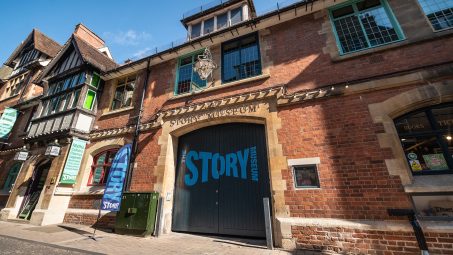
The Story Museum: Bringing Stories to Life in Magical Ways
The Story Museum is no ordinary museum. Nestled in the heart of Oxford, this unique, immersive space is dedicated to celebrating the power of storytelling in all its forms. Whether through interactive exhibitions, live performances, or creative workshops, The Story Museum is on a mission to enrich lives—especially young lives—through the magic of stories.

HENLEY FESTIVAL 2024 UNVEILS PIONEERING VISUAL ARTS SHOWCASE
10 – 14 July 2024 | henley-festival.co.uk | #HenleyFestival | @henleyfestival
Henley Festival Presented by Westcoast – the UK’s only boutique black-tie festival – is delighted to reveal this year’s dazzling visual arts programme, featuring one of Britain’s best-selling figurative painters Mark Demsteader, the Doug Moran National Portrait Prize and Archibald People’s Choice Award-winning artist Esther Erlich, and sculptor Holly Bendall, who creates striking bronzes including a Greenpeace-supported permanent public installation that can be experienced in Porthleven.
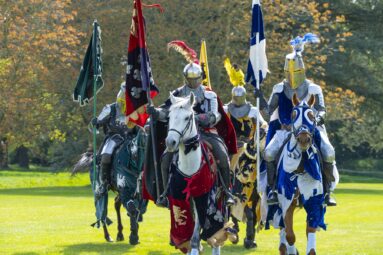
Blenheim Palace announces annual Jousting Tournament dates
This spring, step back in time at Blenheim Palace as the UNESCO World Heritage Site transforms into an action-packed battlefield for its annual Jousting Tournament.
From this author
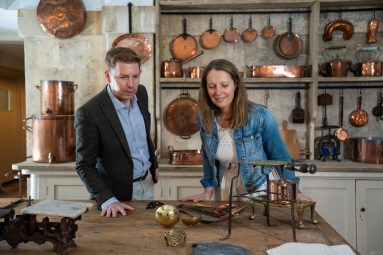
Experience ‘Life Below Stairs’ at Blenheim Palace: all-new visitor experience unveiled
From 29th March, step into history as Blenheim Palace unveils ‘Life Below Stairs’ – a groundbreaking new visitor experience that brings the hidden world of Victorian service to life like never before. The experience is set within some of the original working kitchens, open to visitors for the very first time.

Christmas and 2026 group bookings announced at Blenheim Palace with trade pricing...
Blenheim Palace is delighted to announce the highly-anticipated theme of Christmas at Blenheim for 2025 – Palace of Oz where groups can enjoy an enchanting festive experience with exclusive trade pricing.
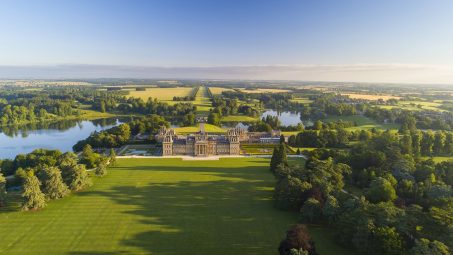
Britain’s Greatest Palace like you’ve never seen it before: Blenheim Palace announces...
Blenheim Palace has announced a series of once-in-a-lifetime views and visitor experiences which will only be available for a limited time due to the launch of its most ambitious restoration project to date.

